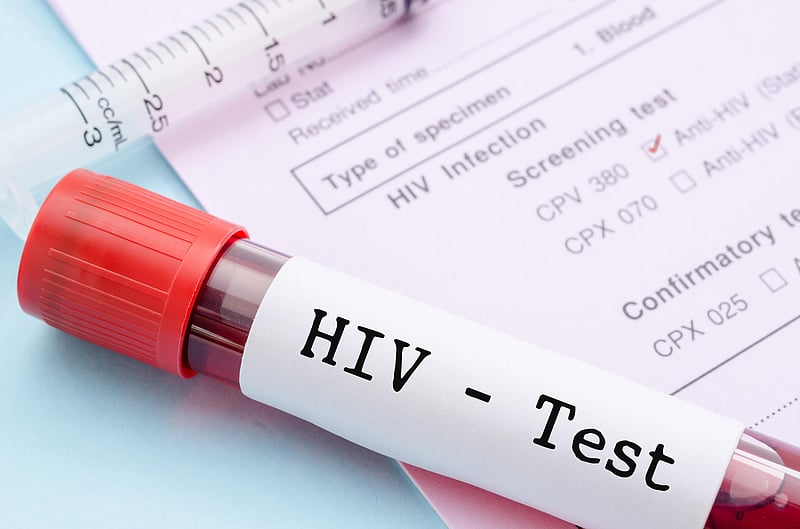Get Healthy!

- Cara Murez
- Posted October 3, 2023
Despite New Long-Term Options, People Still Prefer Daily PrEP Pill to Prevent HIV
New ways to deliver drugs that prevent infection with HIV are out there, but many people still prefer the standard daily PrEP pill, a new study shows.
"The oral pill is very efficacious when people take it every day, and it really has the potential to curb HIV transmission in the country and play a key role in ending the HIV epidemic,"said Pablo Kokay Valente, an assistant professor of allied health sciences in the College of Agriculture, Health and Natural Resources at the University of Connecticut. "However, a lot of people who could benefit from PrEP are not accessing it."
PrEP, short for pre-exposure prophylaxis, was a medical breakthrough back when it was approved by the U.S. Food and Drug Administration in 2012.
Other options now include an injection patients receive every two months.
While having these new drug delivery systems seems promising for reaching those who are not taking the oral form of PrEP, it wasn't known whether patients would start using them.
"We don't know if these products will be accepted,"Valente said in a university news release. "Will they actually fill the gap that the current forms of PrEP do not fill?"
Valente studied this in young men who have sex with men, one of the target populations for the intervention, and he was surprised by the preference for the daily oral PrEP.
"Because the promise of these new formulations is that they are allegedly easier to take, and many researchers and providers are excited that individuals who are in need of HIV prevention technologies would much rather take an injection every two months rather than a pill every day. But that's not what our study shows,"Valente said.
His team asked participants to choose between different forms of PrEP in a mobile survey, providing information about type, effectiveness, side effects and cost.
The study included a variety of products that are already on the market, such as the daily oral pill, an on-demand oral pill that is taken before and after sexual intercourse, and the recently approved injection patients receive every two months.
It also included products in development, which are an implant, broadly neutralizing antibodies which are delivered intravenously every two months, and a rectal douche that is used before sexual intercourse and provides protection for a few days afterward.
Participants ranked different forms of PrEP, using a ranked-choice approach, and results showed that they cared most about effectiveness and potential side effects.
Overall, they preferred forms of PrEP which have already been approved, which may be because they're more familiar with these, Valente said.
Younger people and people who are uninsured were less likely to prefer injectable or implant forms because of cost and concerns about frequent visits.
Participants who were more socioeconomically stable were more likely to prefer the new options.
"That's concerning, because part of the excitement around the new options is that they would reach people who are not being reached by current products,"Valente said. "Understanding preferences is important because we need to create interventions that connect people to their preferred delivery method."
Existing socioeconomic disparities need to be addressed before new products can take hold within underserved populations, the study authors said.
About 42% of white men who have sex with men and might need PrEP actually had a prescription in 2017, compared to only 26% of Black men in these same circumstances, the researchers reported. Black people account for 40% of new HIV infections in the United States, despite making up only about 14% of the general population.
The findings were published recently in the Journal of the International AIDS Society.
The study authors noted that the high cost of new forms of PrEP are a significant barrier. Injectable PrEP costs $22,000 per person per year, and it's not clear if insurance companies will cover it.
"If new medical developments are created and we do not pay attention to addressing existing inequities, these new technologies can fuel, rather than address, health inequities in society,"Valente said. "Because people who will have access to them are the ones that are already connected. So instead of closing the gap, we can widen the gap."
More information
The U.S. Centers for Disease Control and Prevention has more on PrEP.
SOURCE: University of Connecticut, news release, Sept. 28, 2023
